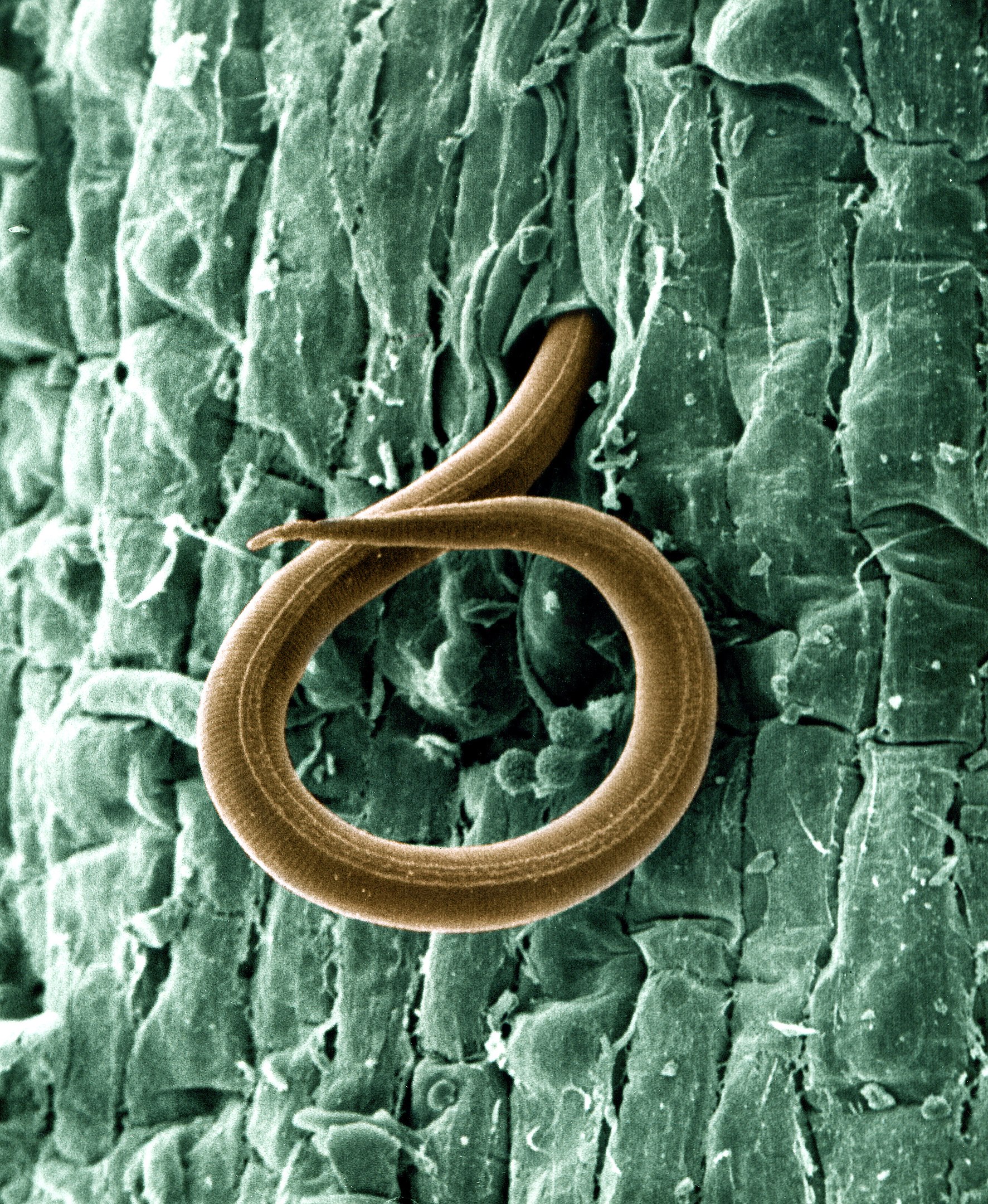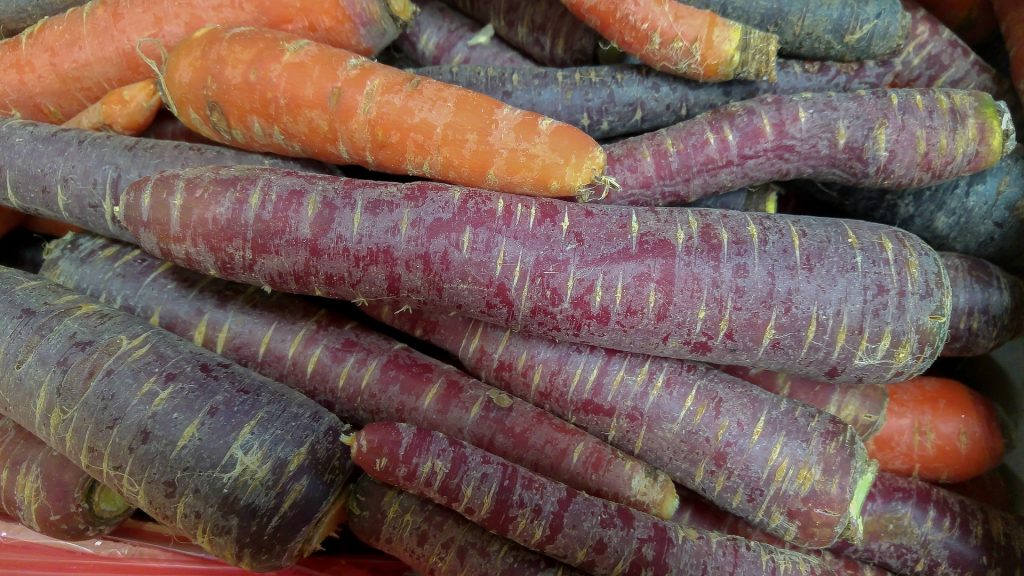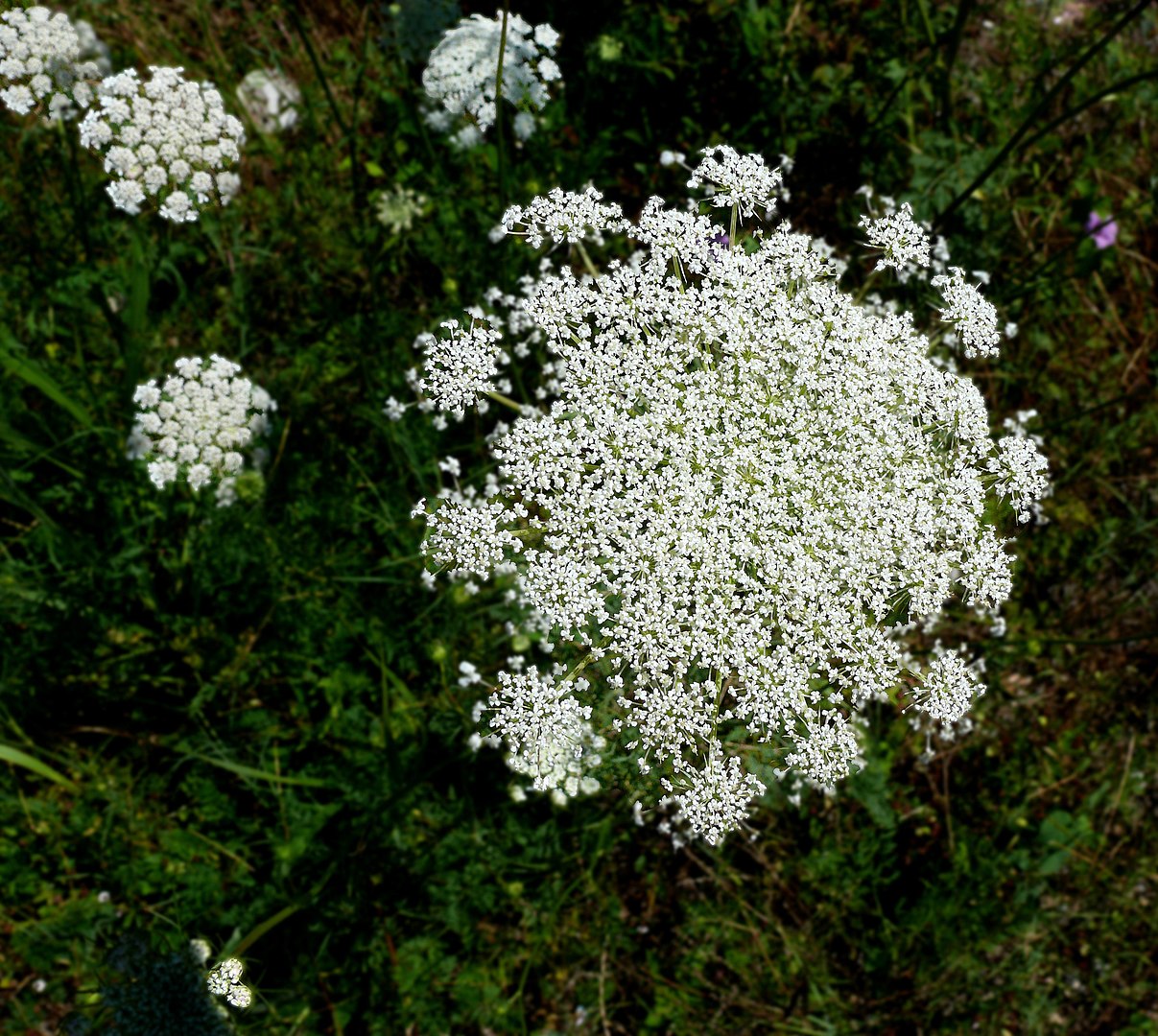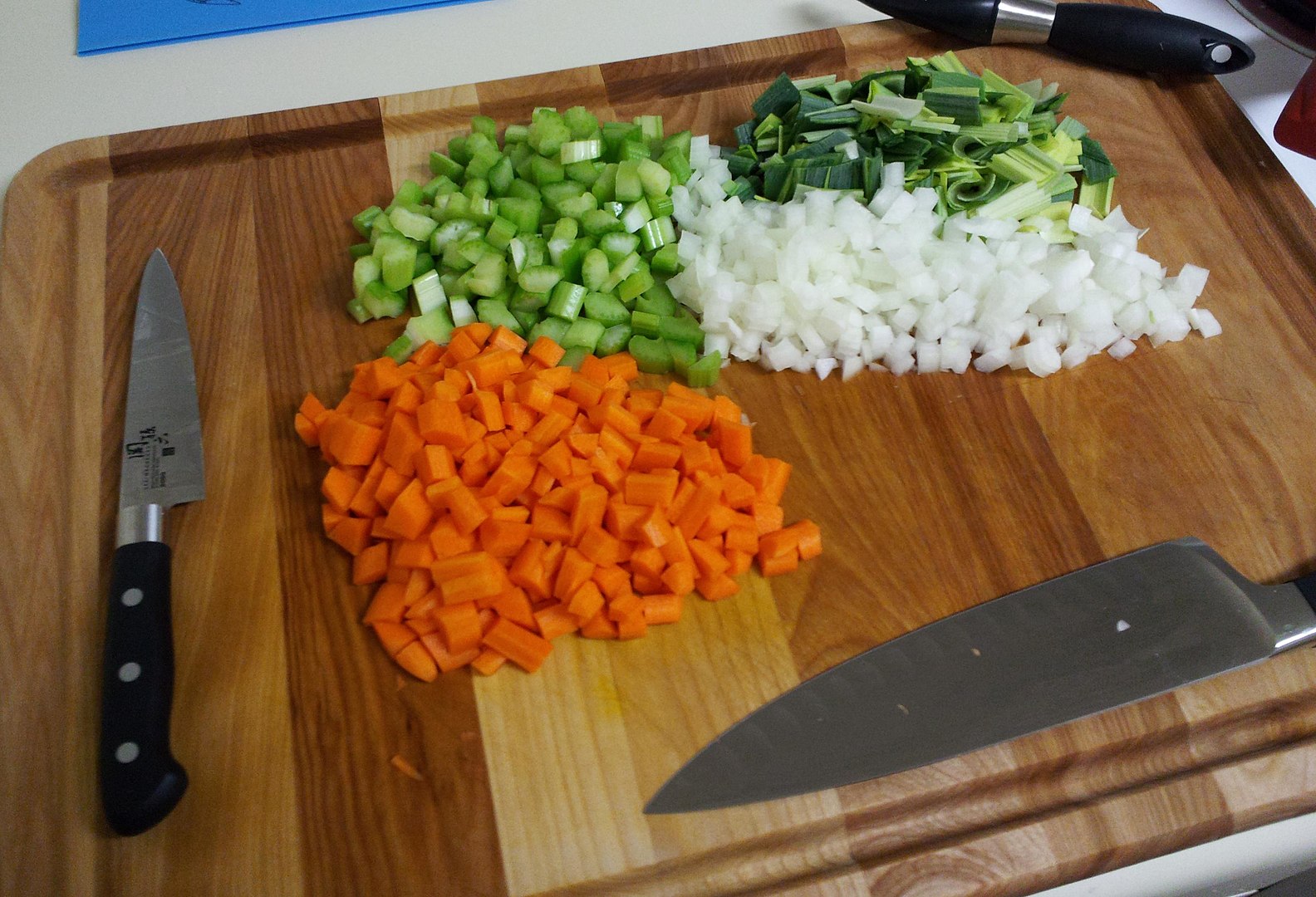
As one of the first vegetables you’d love to hate as a kid, carrots are one of the most common vegetables in the world. With their orange color and subtle sweetness, carrots have also gained a reputation as a miracle food, particularly for improving your eyesight. However, how much of this is true? Find out the real deal behind this root crop with these carrot facts.
- Carrots typically grow between 1 to 10 cm thick.
- They also grow to a usual length of between 10 to 25 cm.
- The longest carrot ever grown in history so far measured around 6 meters long.
- The world produces an estimated 40 million tons of carrots every year.
- China provides around 45% of the world’s annual carrot crop.
- Genetic evidence points to the carrot’s origins as lying somewhere in prehistoric Central Asia.
- Archaeological evidence points to carrots grown for food in Switzerland and Germany as far back as 3000 BC.
- Roman texts from the 1st Century AD mention the carrot.
- 6th Century texts from the Byzantine Empire mentions 3 different kinds of carrot.
- The Moors brought the carrot with them to Spain in the 8th Century.
- Afghans grew the first modern carrots in the 10th Century.
- The Chinese began growing carrots of their own in the 14th Century.
- Europeans brought the carrot with them to the Americas in the 17th Century
- The Japanese started growing carrots of their own in the 18th Century.
- Wild carrots continue to grow today in Iran and Afghanistan.
- The carrot’s nutrients include alpha and beta-carotene, as well as Vitamins B6 and K.
- Carrots usually have only around 0.2% fat.
- Water makes up 88% of a carrot’s mass.
- Fiber makes up another 3% of a carrot’s mass.
- A 100 gram serving of carrots provides an estimated 41,000 calories.
The name carrot has a long history of its own.
The name carrot mainly comes from the Indo-European term ker, which means horn. This later evolved into the Greek word karoton, referencing the vegetable’s horn-like shape. Later on, the term evolved into the Late Latin word carota, which later evolved into the Middle French carrote. Finally, carrote gave way to the modern English word of carrot, first recorded around 1530. How’s that for carrot facts through the ages?
It takes around 4 months for carrots to finish growing.
However, most modern commercial forms of the vegetable allow for harvesting within 3 months. To quickly yield good carrot crops, many factors should be considered. For one, carrots thrive best in cooler weather, or places with temperatures between 16°C and 21°C.
In terms of soil, carrots grow best in sandy or loamy soil with acidity levels between pH 6.3 and 6.8. To maintain this growth, the soil must also be kept deep, loose, and moist but well-drained. Farmers also tend to avoid growing carrots in rocky soil to keep them from growing deformed.
Farmers typically don’t use fertilizer when growing carrots.
Ideally, carrots develop better in soil with a low level of nitrates. For the best results, farmers also regulate soil phosphate levels, while keeping soil potash high. Carrots growing in overly-rich soil tend to become hairy, which may decrease their market value. Now there’s one for interesting carrot facts.
The most devastating disease that carrots can suffer from is leaf blight.
Notorious for causing leaf blight, the Alternaria fungus targets the carrot plant’s leaves, essentially destroying the entire crop. Without the leaves, the plant can’t produce the sugars and other nutrients stored inside the root. The fungus might even infect and destroy neighboring crops like potatoes. Upon consumption or exposure, the Alternaria fungus may also cause diseases in humans with weakened immune systems.
Similarly, the Xanthomonas campestris bacteria can also attack a carrot crop’s leaves. While it can also target other crops, it does not cause any effect on humans upon consumption.
Parasites can also attack carrots.
For one, Nematodes of the Meloidogyne species attack carrots, stunting their growth or causing tumors to sprout on them. Another parasite that carrots are vulnerable to are Oomycetes, causing cavity spots or sore-like lesions sprouting on the plants.

Other fungi also sometimes infect carrots.
Deep within the soil, carrots can be at risk of many other fungal infestations. Most of these fungi cause black root infections, which literally kills the cells and causes parts of the plant to die. As the name suggests, this fungi makes affected parts turn black and rotten, leaving them or even the whole vegetable inedible.
Other fungal diseases of carrots include canker, much like the same disease that affects humans and other animals. Like any organic substance, mildew can also grow on carrots, resulting in stunted or ruined crops as a whole.
A common pest for carrots crops is the carrot fly.
Carrot flies also attack other vegetables, like celery, parsnip, and parsley, among others. To reproduce, the flies lay their eggs in the ground, with the newly-hatched larvae burrowing towards the plants’ roots. Once they eat the roots, the plant ends up damaged or dead.
There are many ways to protect crops against carrot fly infestations.
Of many methods, the simplest way to keep carrot flies from crops is by putting up a transparent barrier 60 cm away from the carrots. This keeps the female carrot flies from getting close enough to the crop to lay their eggs, as the larvae cannot crawl that distance through the soil before starving to death.
Some farmers would also cover their crop with plastic fabric, which works to the same effect. Other farmers use symbiotic worms in the soil, which prey on larvae and other insects that would attack the carrots.
Carrots can also develop physical deformities.
Aside from rocky soil that can curb this root crop’s growth, carrots may also be affected by other factors. For one, planting them too wide apart can greatly inhibit their growth. Harvesting them too early or too late can also have negative effects on the overall yield. Outside these factors, simple genetic faults could also result in deformities.
Carrots grow well next to other crops.
Like most other plants, carrots do best when grown with specific crops. Generally, strong-smelling vegetables like chives, garlic, and onion help repel carrot flies and other insects. In turn, the carrot plant draws predator insects like wasps to its flowers, essentially killing off small pests that attack its neighbors. Now, there’s one for interesting carrot facts.
There are two kinds of carrot harvesters.
Since carrots have been a staple crop for so long, technology has developed machines made specifically for harvesting them. For one, top lifting harvesters use rubber belts to pull the vegetables out of the soil. Once inside the machine, the automated system cuts the tops off, keeping the carrots inside the machine, while the tops allowed to fall back onto the ground.Meanwhile, share lifting harvesters scoop the carrots with the surrounding soil into the machine. This kind of harvester needs another machine called a topper to cut off the carrots’ tops before they’re harvested. Once inside the harvester, vibrating webs shake the soil off the carrots, dumping the soil back outside.

Not all carrots have an orange color.
Named after its early dominance in Asian cuisine, the Eastern carrot comes in either violet or yellow varieties. That said, the difference in color is purely superficial and is otherwise the same vegetable.

A carrot’s orange color often gets connected to Dutch history.
A common piece of historical fiction states that early on, people deliberately cross-bred carrots to develop an orange variety to honor the Dutch’s royal House of Orange. In reality, no such connection exists, with historians also unsure where this historical fiction even comes from.
Several kinds of the western carrot exist.
Of all these varieties, the Chantenay carrot tends to grow shorter than others. They also have distinctly pale cores, and are mostly used as ingredients to make processed foods. Meanwhile, the Danvers carrot has long roots and is commonly used both fresh and processed.
The most common variety is the Imperator carrot, which is also the longest of them all. Finally, the delicate Nantes carrot grows cylindrical roots and has a significantly shorter shelf-life.
Some kinds of carrot do not provide good nutrition.
While most carrot varieties come loaded with nutrients, the white carrot and wild carrot varieties have lower levels of Vitamin E.

Carrots have several requirements when it comes to long-term storage.
Since it takes a lot to grow carrots, this crop also requires certain conditions to keep them fresh for a long time. On average, carrots can stay fresh for months in the fridge. In countries that experience winter, carrots can be kept at room temperature in moist and cool places.
For very long-term storage, unwashed carrots can be placed in sand to keep them dry. To keep them from rotting, temperatures must stay between 0°C and 4°C.
It’s best to cook carrots before eating them.
People looking for a healthy snack would usually munch on raw baby carrots, but you’d actually get the most out of the carrot’s nutritional value if you cook them. Raw carrots only release around 3% of their nutritional value once digested by the human body.
In comparison, cooking carrots helps increase the amount of nutrition released during digestion for up to 39%. Definitely one of the carrot facts to watch out for if you want to live healthier.
Carrots julienne is a common way to prepare carrots.
Also called French-cut carrots, this preparation requires peeling and cutting carrots into thin strips that look like matches. You can then add them to various vegetable, meat, and fish dishes, but they commonly appear in stir-fried recipes. You can also use them to make potage julienne, along with other vegetables like beets, celery, and other greens.
To make potage julienne, one must sauté the root vegetables first, and simmer them in broth with the other vegetables. Once you have your desired flavor, ladle it out over a slice of bread before serving.
Carrots are also used to make mirepoix.
Another French trademark, mirepoix is a vegetable base used to make other dishes. This method involves cooking diced carrots, onions, and celery in butter or oil over low heat for a long period of time. This method aims to bring out the natural sweetness and freshness of the vegetables.

Carrot leaves are edible.
They’re not commonly eaten, with some sources arguing that the leaves actually have poisonous alkaloids in them. However, young carrot leaves usually feature in stir-fries and salads. Definitely one of the carrot facts you’d want to try out for yourself.
Some people actually have allergies to carrots.
A European study from 2010 found that up to 4% of people in Europe alone suffer from carrot allergies. The symptoms of a carrot allergy include itching on the mouth and ears, a sore throat, and swelling of the lips and tongue.
A popular Indian dessert called Gajar Ka Halwa includes carrots in its recipe.
You wouldn’t usually associate desserts with vegetables, but this Indian dessert begs to differ. Commonly served in the Punjab region, Gajar Ka Halwa is a sweet pudding made with carrots.
For this dish, carrots are grated and cooked in a mixture of milk, sugar, and water for about 5 minutes with regular stirring. Separately, cashew nuts are also sautéed in butter at the same time. Once both have finished cooking, they are mixed together and cooked for another 15 minutes. Afterwards, more butter is then added, until the finished pudding is finally served with almonds and pistachios as a garnish.
An Indian condiment called chutney also uses carrots in its recipe.
This pickled condiment comes from a mixture of vinegar, tamarind, and carrots. The presence of vinegar means the final product can last for a very long time before spoiling. Sometimes, the recipe also includes sugar in order to balance the sourness of the vinegar.
Other Indian recipes also make good use of carrots.
Carrot salads from India include grated carrots in their recipes, usually seasoned with green chili precooked in oil with mustard seeds. Traditionally, locals also garnish their rice with sliced carrots or cook them with other ingredients in roasted vegetable dishes.
Carrots can also fill fruit-like roles instead of vegetable-like roles.
Dating back to the 19th Century, carrots have also been used for desserts such as carrot cake and carrot pudding. In some cases, carrots can also be preserved into jams, either on their own or with other fruits.
Carrot juice has been around for a while, but people only started drinking it recently.
First recorded hundreds of years ago, carrot juice has been used in many ways throughout history. Usually an ingredient in soups and other dishes, carrot juice has also been used to darken cheese. It was only until recently that carrot juice gained a reputation as a health drink for its rich vitamin and mineral content. It also has a naturally sweet flavor of its own, thus needing no additional sugar that can increase its calorie content.

Eating too many carrots causes a certain side-effect.
Also called carotenemia, carotenosis results from an irregular accumulation of carotenoids in the body. While it doesn’t harm any vital organs, this condition causes a person’s skin to change color.
Specifically, their skin takes on a yellowish color, which sometimes has people confusing it for jaundice. Unlike carotenosis, jaundice indicates serious health problems such as liver complications. However, carotenosis does not require medical treatment, and will usually go away in months. How’s that for surprising carrot facts?
Carrots do not actually help people see better in the dark.
This common myth results from WWII propaganda made by the British to hide their advances in radar technology from their enemies. As they couldn’t hide the improved performance of their pilots in night battles, they claimed that it resulted from better night vision thanks to carrots in the pilots’ diets.
As part of the Dig for Victory program, the British government asked people to grow carrots in their own homes. While mainly done to support the propaganda, this program also helped Britain avoid food shortages during the war.

A certain saying involves a carrot and a stick.
Dating back to the 19th Century, this saying alludes to an option with two sides to it. The carrot symbolizes the benefits that a person will get from the option they find themselves facing. Meanwhile, the stick symbolizes the drawbacks of the option.
People can also extract oil from carrot seeds.
Crushing carrot seeds produces the oil, which has therapeutic value as an essential oil. Upon distilling, carrot seed oil usually has its uses as as a perfume or as a food aromatic.
Was this page helpful?
Our commitment to delivering trustworthy and engaging content is at the heart of what we do. Each fact on our site is contributed by real users like you, bringing a wealth of diverse insights and information. To ensure the highest standards of accuracy and reliability, our dedicated editors meticulously review each submission. This process guarantees that the facts we share are not only fascinating but also credible. Trust in our commitment to quality and authenticity as you explore and learn with us.
